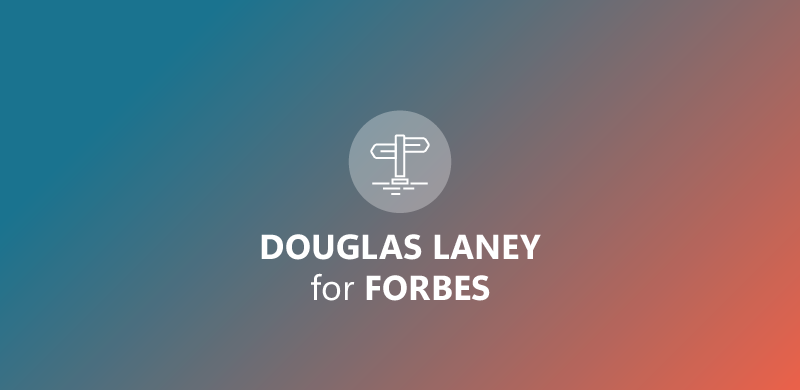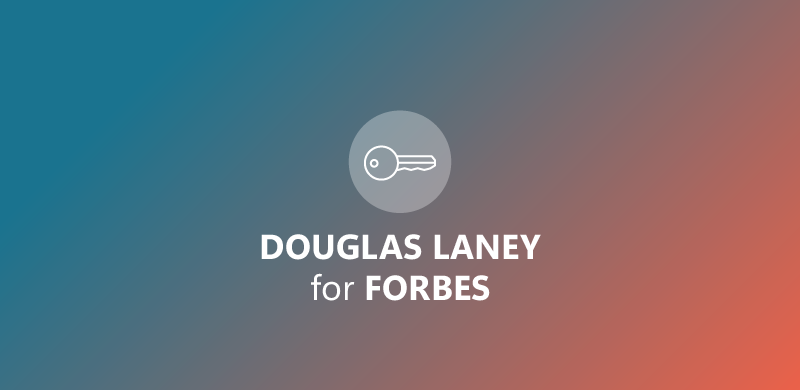During the presentation, the audience got an insight look into the rollercoaster journey of bringing a predictive service live inside a very complex machine.
The strong mission of CARIAD is: we want to improve vehicles after purchase.
Use case: predicted climatization
Jakub and Sören showed in the beginning three big reasons why they need to improve the software regarding the TCO and revenue. With the aid of a use case they demonstrated how they approach new feature development at CARIAD. As an example, they took the idea of predicted climatization.
“With the predicted climatization in summer, we want to develop an intelligence feature.” However, after some time they realized that due to some legal requirements and other obstacles it was not possible to use the tool as it was intended.
“On the technical side were are making a lot of progress. But on the business or legal sides we are facing a lot of obstacles” that’s precisely why its function was subsequently reconsidered and modified. “Our use case wasn’t strong enough to break through the barriers.”, With this insight and the many customer feedbacks that were already available through various tests, they made a pivot.
“If you want to develop data science models for vehicles you have to test them with the REAL thing.” Sören added that testing was actually “the fun part of developing software for an automotive company.”
A pivot moment
From that moment on, the use case changed. They realized that the summer aspect was just a comfort feature, but there is a function with more impact. To be more precise, it’s about the automatic heating of the car before driving off. This specifically involved sending a message to car owners early so that they could turn on the automatic heating system and thus also conserve their car battery.
Our tip: take a look at the video below to hear Sören talk about the change of the use case.
At the end Jakub gave a summary of the learnings from this use case:
1) They can adapt their models quickly
2) It was an improvement for their architecture
“In summary, we worked 2 years on that. It all just started with an idea.”, with these words Jakub ended their presentation.
Watch an excerpt from the presentation “CARIAD – Predictive vehicle functions using a small loop stack” here:

Mit dem Laden des Videos akzeptieren Sie die Datenschutzerklärung von YouTube.
Mehr erfahren








